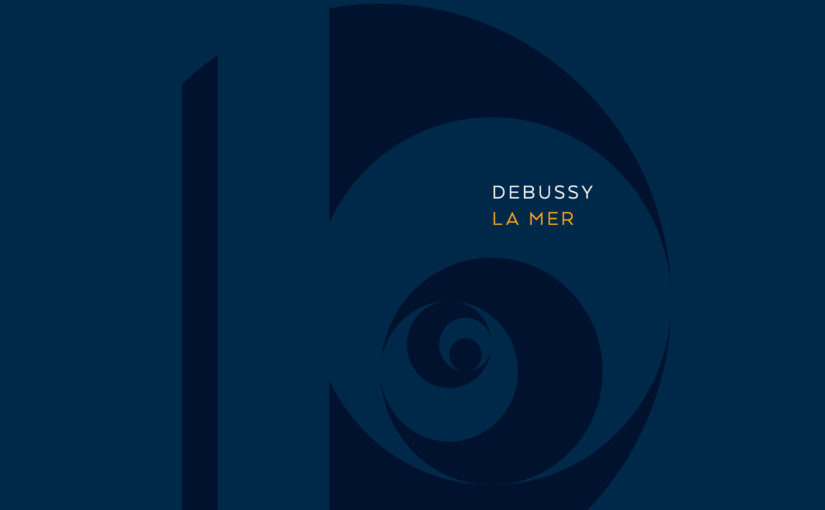Click here for the Clone.nl chart with audio previews of all favorites on one page
 Nico: Japanese Telecom – Japanese Telecom EP
Nico: Japanese Telecom – Japanese Telecom EP
It’s hard to believe this record was produced over 20 years ago since many of the tracks still sound like the future till this day. A re-release of this iconic work by Gerald Donald was long overdue and I’m glad it finally happened this year, although I must say there are a lot of great releases that deserve to be mentioned when I look back at (roughly) the last 12 months. The second release on Nduja by Mammo, Autechre’s SIGN / PLUS albums and Other Lands’ Sounds For Isolated Souls come to mind. However, Japanese Telecom turned out to be my pick because of its relevance, not only to me personally but to electro(nic) music in general for over 2 decades.
 Charmaine: Nala Sinephro – Space 1.8
Charmaine: Nala Sinephro – Space 1.8
Nala Sinephro’s debut on Warp has been a great soundscape for me to recalibrate and dream away to. A fusion of soothing jazz, ambient and beats. All ‘’Spaces’’ flow together beautifully, making it a cohesive project that is best enjoyed when listened to from front to back.
 Jelmer: ø (Phase) – Before This
Jelmer: ø (Phase) – Before This
Crystal clear, driving, and cinematic double 12” by Ashley Burchett. I’ve found myself returning to this album often for dancefloor inspiration or simply to bang out in a (semi)club/radio setting. Also: picking one favourite of the year is nearly impossible, so here are a few honourable mentions (limited to only new music): Michel Banabila on Knekelhuis, Deluka on Nosignal, ViL on Self Reflektion, Lost Trax on Delsin, Aleksi Perala on Repetitive Rhythm Research, DJ Stingray 313 on Micron, and Mario Batkovic on Invada.
 Pim: Nuron & Fugue – Likemind 06
Pim: Nuron & Fugue – Likemind 06
Long overdue re-issue of the larger part of Nuron’s (and Fugue’s) output in the 90’s. On the original Likemind label no less! Crisp, emotional, futuristic and shrouded in mystery. Just how I like it. Likemind 01 prompted my obsession with this label en techno of a similar ilk, and was a starting point of a musical journey. Re-mastered on two discs on black vinyl, this is a must own. On a side note: for one of the Stasis tracks released on Likemind 01, check out this release on Fencepiece
 Wouter: CV Vision – Tropical
Wouter: CV Vision – Tropical
Every release on South of North was big this year, but the debut of this man, who has released four (!) more albums since, turned out to be my fav. Back Lava is stupid good!
 Hans: Mndsgn – Rare Pleasure
Hans: Mndsgn – Rare Pleasure
Like I mentioned while proclaiming this my pick of the week some months ago: from my perspective Ringgo Ancheta is one of the most talented producers alive and kicking at the moment. I’ll spare you any further words, just listen to the music!
 Sil: Deadline Paranoia 3/3 Ongehoord 003
Sil: Deadline Paranoia 3/3 Ongehoord 003
The final part in the Deadline Paranoia trilogy. A most worthy series of one of a kind strange yet great dub originally issued on an obscure cassette made available again by Amsterdam based label ongehoord.
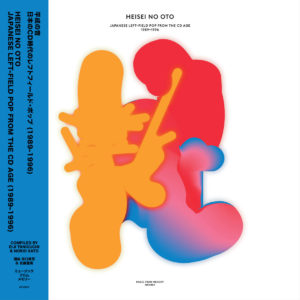 Just: Various Artists – Heisei No Oto – Japanese Left-Field Pop From the CD Age
Just: Various Artists – Heisei No Oto – Japanese Left-Field Pop From the CD Age
I heard the track “Miko” a few weeks back in the store during Yuto Takei’s Friday store stream. A refreshing track after a good day.
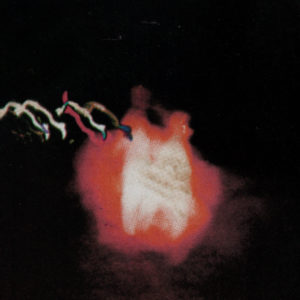 Joep: Vladimir Ivkovic & Ivan Smagghe – IDMEMO – A future Of Nostalgia – Vol. 2
Joep: Vladimir Ivkovic & Ivan Smagghe – IDMEMO – A future Of Nostalgia – Vol. 2
This album is a very special compilation full of amazing treasures from the 90’s IDM Electronica era. Some of the tracks have never appeared on vinyl before and are compiled by Vladimir Ivkovic & Ivan Smagghe on Above Board Projects.
All the tracks are beautiful but for me personally, one stands out; Psil Cosyin by the Black Dog, originally released on the album “Spanners” on Warp in the mid 90’s. Psil Cosyin is an excellent trip full of surprises and directions you wouldn’t expect. The track really sounds like one long journey for me where you dive into the world of the producers’ mind.
The first time I heard this piece of art was in the shop, first month I worked there! After this moment I was hooked to find more Black Dog Productions and other great albums from that period of time. I discovered multiple gems such as old Warps from the Artificial Intelligence Series, and other artists like B12, Autechre and Replicant!
Since this moment I’m addicted to the world of Warp and Black Dog Productions…
 Marlon: LeRon Carson – Under The Condition
Marlon: LeRon Carson – Under The Condition
This album caught my attention and came out in November. Genuine jacking Chicago house that sounds if it’s made in a dusty basement. Recorded in the ’80s but still timeless.
 Chris: Mr. Fingers – Vault Sessions 1
Chris: Mr. Fingers – Vault Sessions 1
With the ‘Vault Sessions 1’ Larry Heard treats us to a small window into his ‘vault’ of unreleased outtakes from album projects and singles spanning his whole 35+ year career. With beauties like these you have to wonder what more gems he has in stock…
 Lennert: Modern Analysis – Proto Rhythm
Lennert: Modern Analysis – Proto Rhythm
This is my current favourite to go with. It’s dark, moody yet vibrant and joyful house music, as it should be!
 Mei: Eversines – Companionship
Mei: Eversines – Companionship
https://clone.nl/item63866.html
This release has been one of my favorites since the first time I heard it. The sound is Beautiful and unique. A1- Companionship is my favorite track. It makes me want to dance!
 Paul: Antenna – Timbales
Paul: Antenna – Timbales
Driven by nostalgia, this year I’ve mostly been buying second hand records, collecting tracks from all these mixtapes I was consuming as a kid. But you could just as well buy Antenna’s latest instead. Timbales is like a repressive techno therapy session, bringing back memories of a long gone future.
 Nic: Cucina Povera – Seesteyttää – OFFEN019
Nic: Cucina Povera – Seesteyttää – OFFEN019
 Nina: Xingu Hill – Strange Echoes 95 – 99
Nina: Xingu Hill – Strange Echoes 95 – 99
Xingu Hill (John Sellekaers) has been one of my favorite producers for years. He released most music under his Xingu alias in the 90s; this album contains remastered tracks from that period. It’s another dreamlike record put together by the traumgarten crew, which fits well with their concept and past output.
Xingu Hill has got many more amazing tracks, def recommended to check them out!
 This month’s Carhartt WIP Radio show places a spotlight on Rotterdam and the influential record label, store and distributor Clone!
This month’s Carhartt WIP Radio show places a spotlight on Rotterdam and the influential record label, store and distributor Clone!
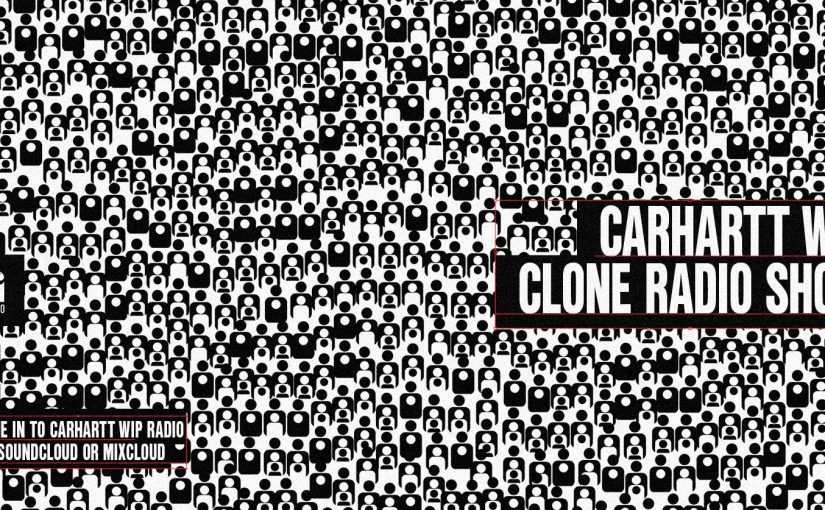




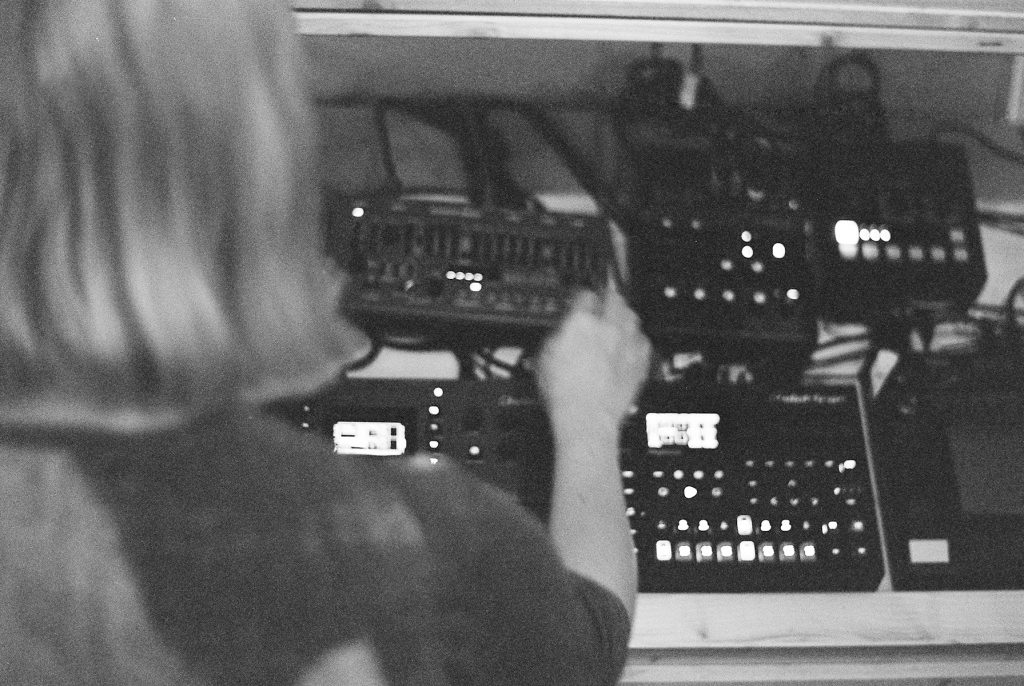


 Nico:
Nico:  Charmaine:
Charmaine:  Jelmer:
Jelmer:  Pim:
Pim:  Wouter:
Wouter:  Hans:
Hans:  Sil:
Sil:  Just:
Just: Joep:
Joep:  Marlon:
Marlon:  Chris:
Chris:  Lennert:
Lennert:  Mei:
Mei:  Paul:
Paul:  Nic:
Nic: Nina:
Nina: 